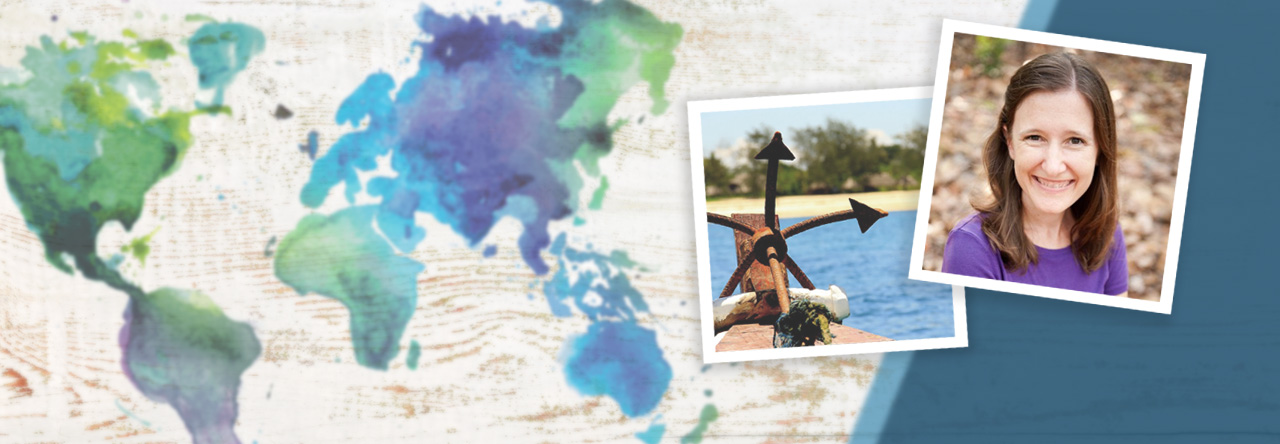Last night I attended a school event with one of my kids, hosted in the large backyard of one of the families. About 40 adults were there, and I was looking forward to finally going to a social event where I could meet people.
As soon as we arrived, my daughter ran off with her friends. I looked around and recognized only one person, someone who I had briefly talked to only a couple of times. But she was with a group of women and I didn’t want to intrude. In fact, everyone was with a group of friends.
So I positioned myself in a central area. I fought the urge to take out my phone, because I knew that would put up a wall around me. So I just stood there, leaning against a pillar, alone. I worked hard to put a pleasant look on my face, when internally I was feeling awkward and anxious.
I don’t consider myself shy, but I’m not extroverted enough to have the courage to approach a group of strangers at a party. I looked around for any other woman who was by herself, because I would have been brave enough to talk to her. But there were none. I guess I was hoping that someone would recognize me as new and come up and introduce herself. No one did.









